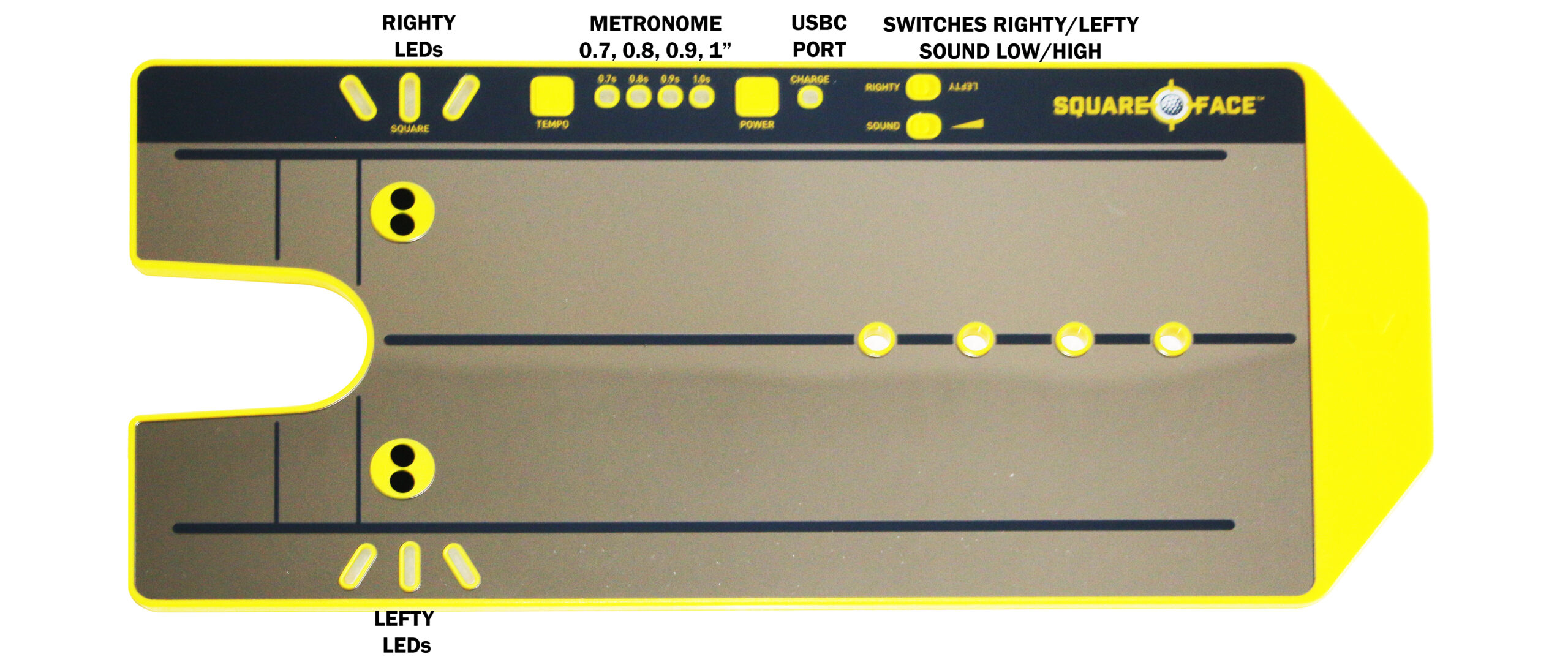Lag Putting Drill: 3 keys to Lower Scores
Lag Putting Drill: Ah, Pinehurst No. 2. A name that strikes fear (and maybe a touch of masochistic excitement) into the hearts of golfers everywhere. This legendary course is notorious for its fast, sloping greens, where even the most skilled putters can find themselves facing treacherous lag putts. But fear not, fellow hackers (and aspiring tour pros)! There’s a secret weapon in your arsenal: the lag putting drill.
Think of the putting green as a dance floor. Sure, you want to sink those clutch birdie putts, the final flourish that gets the crowd roaring. But before you bust out your moonwalk, you gotta master the basic steps. Lag putting is the foundation of your green game, the smooth waltz that gets your ball close enough for a tap-in birdie or a stress-free par save. Here’s why lag putting is your key to conquering Pinehurst No. 2 and beyond.
The Lag Putting Drill: Your Greenside Guru
The lag putting drill is your personal greenside guru, patiently teaching you the art of distance control. Imagine this: you’re staring down a 35-footer on the 7th hole at Pinehurst. The green slopes wickedly from back to front, and there’s a nasty little bunker guarding the front pin. Trying to hole this out is a recipe for disaster. Instead, channel your inner maestro and bust out your lag putting skills.
Setting the Stage:
The drill is simple, but the results are magical. Grab your favorite flat stick, a handful of balls, and a tee (or a coin, anything that works as a target). First, mark your distance. Start at a comfortable 20-footer and gradually increase the length as you gain confidence. Now, the key part: create a target zone three feet behind the hole with your trusty tee. Think of this as your “safe haven.” The goal isn’t to sink the putt, but to get the ball to stop within this zone, ideally settling nice and close to the hole.
Finding the Groove:
Now comes the dance. Set up with your usual pre-shot routine, nice and stable. Here’s the twist: instead of laser-focusing on the hole, shift your attention to the length of your stroke. Visualize the path the ball will take, feel the tempo in your hands. Think smooth, controlled, like a steady back-and-forth on the dance floor. Avoid that jerky, desperate swing – it’ll send your ball flying past the target zone quicker than you can say “double bogey.”
Mastering the Rhythm:
After each putt, watch your ball find its resting place. Did it stop within the magic circle, or did it waltz a little too far? The key is consistency. Focus on the feel of the putt, the rhythm of your stroke. These are the secret notes to your putting symphony. As you groove on this drill, you’ll develop that magical muscle memory that translates to the course.
Why Lag Putting Wins at Pinehurst (and Everywhere Else):
So, why is lag putting so crucial for the upcoming US Open at Pinehurst No. 2? Because those fast, sloping greens demand precision, not hero shots. Mastering lag putting allows you to navigate the dance floor of these greens with confidence, leaving yourself tap-in opportunities and saving strokes from disaster. Remember, a two-putt is your friend on a course like Pinehurst. Lag putting is the secret handshake that gets you there.
Beyond Pinehurst: A Lifelong Skill
But lag putting isn’t just a one-hit wonder for a major championship. It’s a skill that will benefit you on every course you play. Whether you’re facing a treacherous downhill putt or a seemingly endless uphill journey, lag putting equips you with the control to navigate the green with confidence. So, put down the driver for a bit, grab your putter, and start practicing your lag putting. You might just surprise yourself with how much smoother your entire green game becomes. After all, mastering the dance floor, wherever it may be, is the key to a truly fulfilling round of golf.


The Square Face And Putt Like A Pro Book
Click here for 10% off the Square Face (use coupon code SUPERIORGOLF) and my eBook free with the purchase of the Square Face
